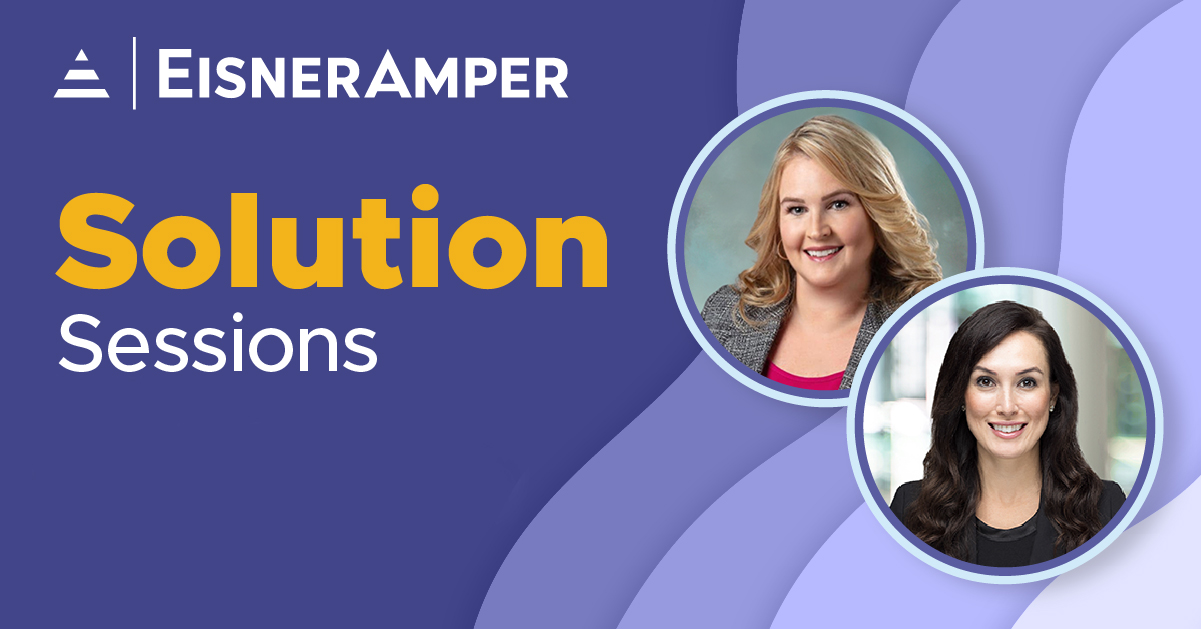
How to Compare Automated Security and Compliance Software Tools Versus a SOC 2 Audit Approach
- Published
- Mar 17, 2023
- By
- Bill Bodner
- Share
By Bill Bodner
Compliance maturity wins deals. For many companies who are at the beginning of their compliance journey and understand the value of a SOC 2 audit for their growth, we often get asked about the software solutions that claim to automate SOC 2 readiness and whether they are a better option than working directly with a CPA firm from the start.
In this article, we break down the key reasons why, as experienced SOC 2 auditors, we think these software options can be a good idea for the right type of business. Additionally, there are major limitations to these tools, and companies may think the out-of-the-box automated compliance does everything – this could end up costing them opportunities or worse. Improperly designed security controls can create a false sense of safety and may actually increase overall risk.
With any cybersecurity consideration, your business goals and unique needs should determine your level of investment and effort. Software that does not achieve your goal can end up costing you more than the time it would take to create bespoke controls and processes.
What is SOC 2 and When Does a Company Start to Consider It?
SOC is short for System and Organization Controls, and a SOC 2 report is a report on a company’s ability to meet a data security compliance framework. The primary purpose of SOC 2 is to ensure that third-party service providers store and process client data in a secure manner – such as cardholder data, Personal Health Information (PHI), or Personally Identifiable Information (PII). As your company grows to a certain size, or you have enterprise customers, completing a SOC 2 audit becomes a must-have.
Smaller companies with 50-100 employees often don’t have the in-house expertise or internal personnel who understand the framework. Or they might lack the resources to devote to all the tasks required for an annual SOC 2 certification. Companies of this size are also well positioned to encounter their first customer who has a strict SOC 2 requirement. The time to consider SOC 2 is before that request is received!
What is Automated Security and Compliance Software?
Several companies operate in the Automated Security and Compliance Software (ASCS) space, also known as compliance automation software. These companies offer a similar service, a Software as A Solution (SaaS) tool that monitors a company's internal systems and control activities. ASCS helps companies ensure they comply with required controls and procedures. At the same time, it automates the manual tasks typically associated with compliance management, which saves time.
The Advantages of Automated Security and Compliance Software
What many of the ASCS tools provide is a value proposition: an out-of-the-box solid foundation of SOC 2 controls and a great set of tools to start on that journey. The software is built on standardized questions, automation, and in some cases A.I.
There is nothing magic or better about an automated ASCS tool versus a manual or human-led, process. What’s important is that you are achieving the expected security and data protection requirements. For many companies, the software approach does a really good job to get them started.
Suppose you are a company where everyone can work remotely. In that case, current-generation technology supports most facets of your business, and you have independent, dependable employees who can work autonomously without much monitoring; these tools are compelling. They may be the best option available to you.
The Limitations of Automated Security and Compliance Software
Many users or buyers of the ASCS or compliance automation software incorrectly assume it will save them time or cost on a SOC 2 audit. This is regardless of which audit firm you use because every audit firm has, and will go through, a unique set of tests and procedures.
The procedures are based on auditor expertise applying the SOC 2 framework to your specific business, product, or service. There are too many variables for the software to be a one-size-fits-all approach when working with an independent audit firm.
The other problem is that some of these ASCS tools are marketed as “set and forget.” That’s great if your internal systems, personnel, and products or services do not change. Of course, that’s not what we commonly see in the marketplace. Many companies change infrastructure and technology. We see acquisitions, combinations, transactions, people moving from on-premise data hosting to the cloud, adopting new technologies, and so on. To make these tools work, they need continuous maintenance and testing.
Last, many business owners believe investing $10,000-$15,000 in a tool that gets them 90% of the way is a good deal. The problem is that the last 10% is the hardest to complete. That 10% is where an experienced firm's expertise can provide recommendations curated for the specific environment, culture, customers, products, or services that are in scope. In short, templates give you a great starting point but often need to be rewritten to make sense for your organization.
How Do You Evaluate Whether an Automated Compliance Software Solution Achieves Your Goals?
There are three factors to consider: data, accountability, and time.
Start by asking yourself: “How much of my organization’s data is in the cloud?” If you can say 100% of the data is in the cloud and have the supporting tools to allow your personnel to work remotely, these tools might make sense.
Then, the next question is to ask yourself about your company’s culture. In general, required compliance tasks, training, or reviews require reminders or someone in an oversight role to ensure they are completed on time. The automated tools expect high adherence to email reminders or other system-generated alerts. If you’re constantly chasing people, these tools will likely become another layer of background noise or distraction. The software may no longer provide a better solution for your cybersecurity needs. Usually, once a company reaches 50 employees or more, businesses need to make a decision. Will they hire a compliance manager and fund that specific skill set or wait until circumstances demand such a role?
The last factor is the time it takes to set up and use the software. If a SOC 2 is needed yesterday in order to close a big new customer, learning how to use the software can be an unnecessary burden. It’s better to work with an auditor who understands your business goals and can help you get it done efficiently first, and then also help you automate later – versus the significant learning curve of the software in a short amount of time.
When to Discuss Your Business Goals and Audit Questions About SOC 2 Before Using SaaS Ultimately, automated security and compliance software tools serve a valid purpose and can even save clients a lot of cost under the right circumstances. As auditors, we think that some protection and planning is better than none. SaaS tools can be a less expensive and reliable option to get you started. It provides checklists, templates, and accountability.
That said, your business goals or opportunities sometimes contradict the software’s best features. You don’t want the adoption process to slow you down and miss out on a big customer. Similarly, if you know SOC 2 Compliance will be a meaningful part of your business going forward, would you rather your controls and procedures crafted specific to your organization and understand your requirements, or would you prefer to invest time in learning how to use a tool? A conversation with us can help you make the right call.
What's on Your Mind?
Start a conversation with Bill











